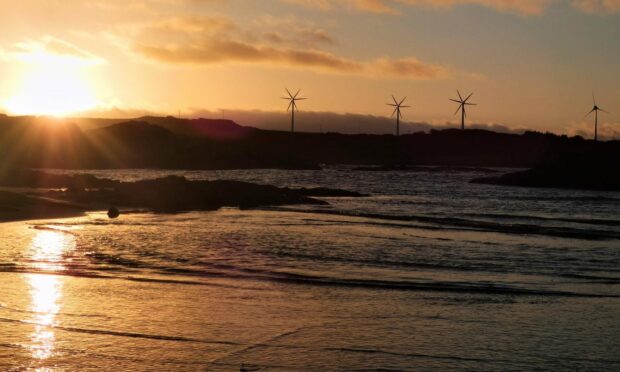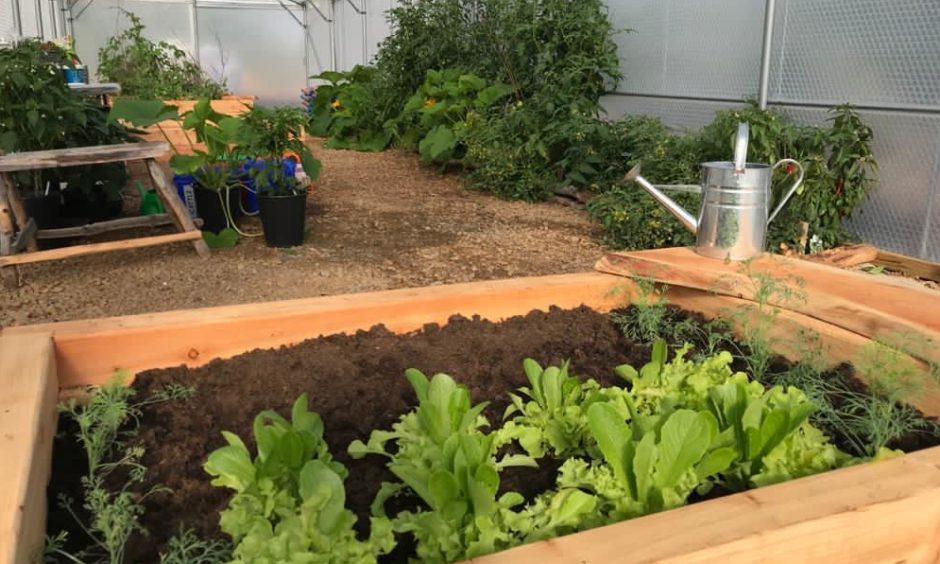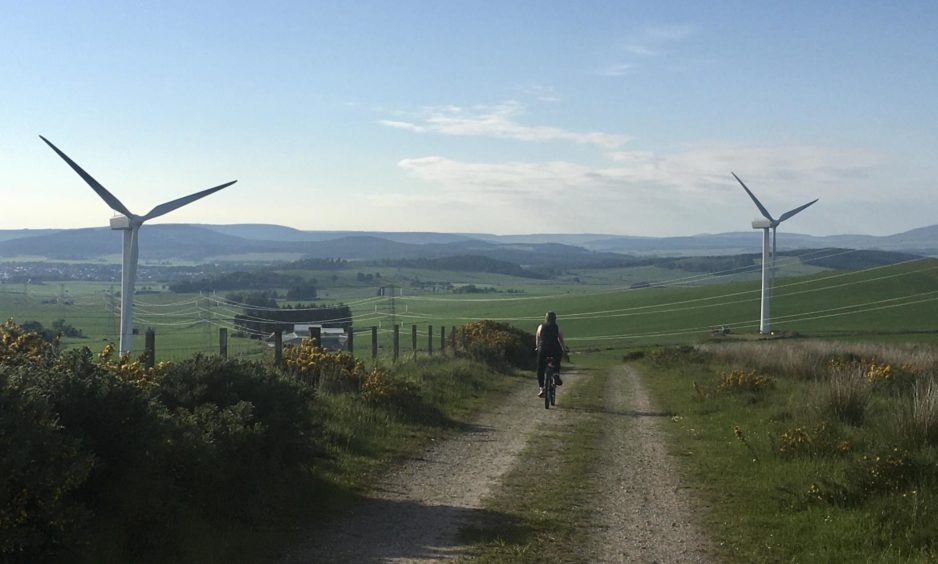More areas of Scotland should come under community ownership to help the fight against climate change, a new report has concluded.
The research says community landowners are punching above their weight in green initiatives to save the planet, with their contribution far outweighing the 2.25% of land they control.
It says the majority of communities who bought their land take a holistic approach to green issues and were involved in initiatives many years before the climate emergency was declared.
These include generating renewable energy, restoring peatlands, reducing emissions and waste, woodland planting, improving energy efficiency and promoting active travel,
At present there are 588 community-owned land and built assets, covering an area of 472,688 acres in rural and urban areas of Scotland.
The report, from the Institute for Heritage and Sustainable Human Development, was commissioned by Community Land Scotland (CLS), in partnership with Community Energy Scotland, the Community Woodlands Association and the Woodland Crofts Partnership.
It concludes that community owners enjoy a level of local credibility, not shared by other developers of green projects, which encourages behaviour change and action to tackle climate change.
“This ability is rooted in the particular ability of community organisations to enjoy trust, to build credibility and to communicate with people in their area.”
The report says ownership can enhance the financial sustainability and resources of a community organisation, as well as securing access to and control over land, which is needed to deliver many climate initiatives.
It can also bring more accountability and local empowerment in decision-making which helps develop a greater sense of responsibility towards the local environment and community.
“Given all of this, one of the main ways to extend and enhance the contribution of community owners to addressing the climate emergency – and to securing a green recovery and a just transition – is to expand community asset ownership beyond its current level.”
Examples of projects highlighted in the report include peatland restoration by the Carloway Estate Trust in Lewis, the pioneering forest school run by Abriachan Forest Trust near Loch Ness, Huntly Development Trust’s green travel hub and the Isle of Gigha’s wind farm.
CLS chair Ailsa Raeburn said the report shows how community landowners are tackling the climate emergency proactively and imaginatively.
“This is climate action from the ground up, helping to make the practical and behavioural changes that put communities on the path to a more sustainable future.”
Dr Calum MacLeod, CLS policy director, said it is vital the community land sector continues to be supported to further build on the work highlighted in the report.
Climate change and land reform secretary Roseanna Cunningham said: “Communities across the country have been impacted in so many ways by Covid-19, but have also been playing a vital role in responding to the crisis and maintaining our resilience, our sense of spirit and local support network.
“As this report highlights, it is these qualities, together with local knowledge and insight, that mean community groups and landowners are uniquely-placed to play a critical role in supporting our green recovery from the pandemic, and in shaping and driving forward climate action.
“Through the Scottish Land Fund and many other initiatives, the Scottish Government will continue to support local communities to ensure Scotland’s fair and just transition to becoming a net-zero society.”
Last year another report said community ownership was also helping tackle population decline


